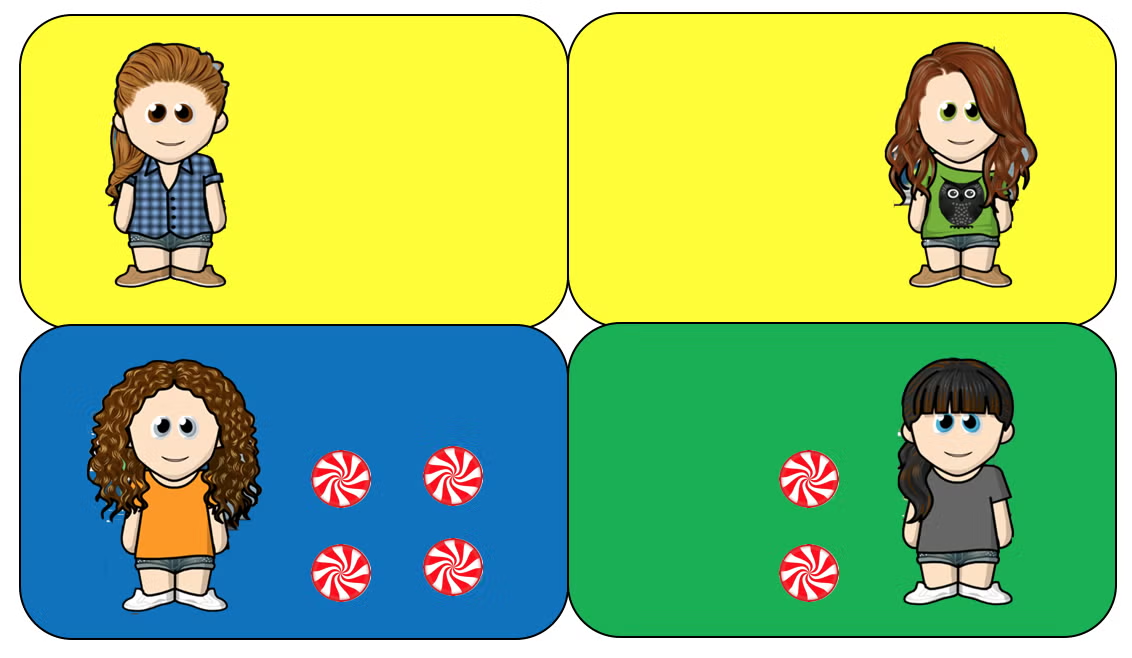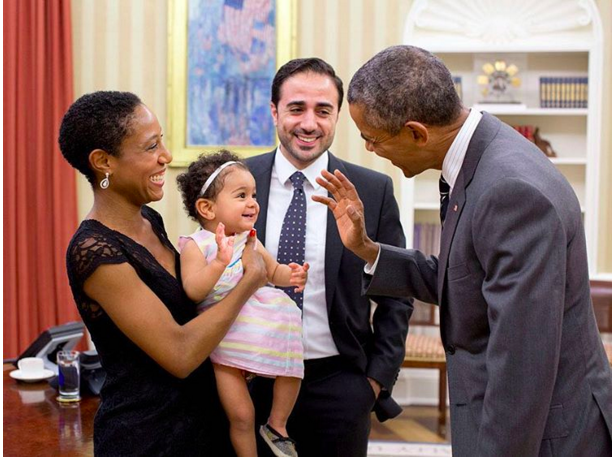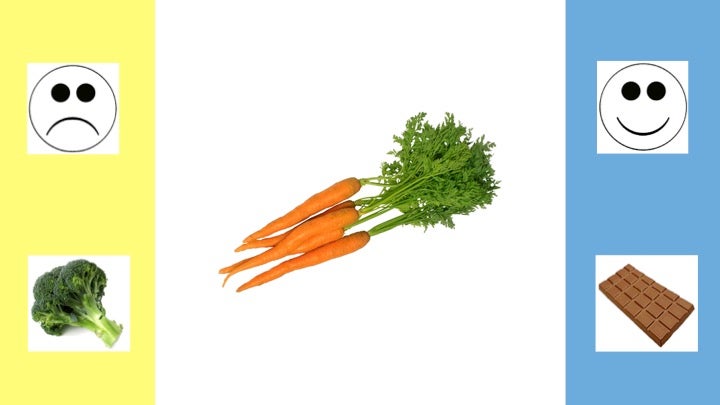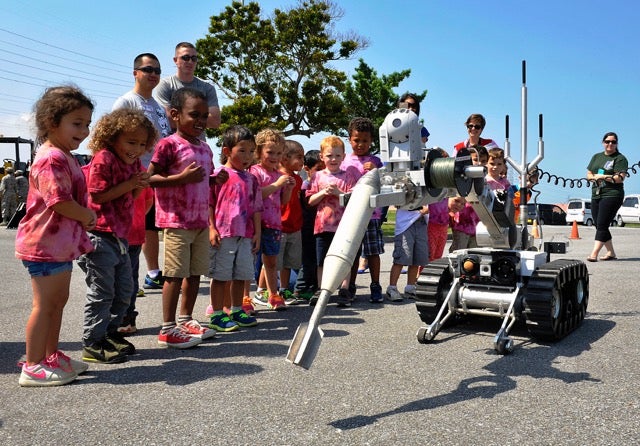Current Studies
Children’s beliefs about fairness and justice
We often share resources with other people. However, people sometimes divide resources in an unfair manner. What should be done when someone divides resources selfishly? Our study focuses on how children reason about different interventions on unfair resource allocations. Children will hear a story about a character who does not share candies with another person. In the story, two other characters intervene in different ways.Read More One character gives candies to the victim of the unfair allocation, while the other character takes candies away from the unfair divider. We will ask children questions about each character to know how they reason about the interventions. This study will help us understand how a sense of justice develops in childhood.
Research by Young-eun Lee
How do children learn about animals?

One striking ability of children is their ability to quickly learn about the animals they encounter. In this on-going study, we are exploring how adults help children to learn about the characteristic properties of different kinds of animals. We think that children may have an easier time learning about unfamiliar animals (e.g., “What do pangolins eat?”) when they have previously been taught 1) using language that refers to the entire category (e.g., “Dogs eat bones” versus “This dog eats bones”) and 2) about the same type property for many familiar animals (e.g., “Dogs eat bones”, “Birds eat seed”, etc.). The results of this study will help us to understand how children learn about the world and could inform how parents and educators teach children about different kinds of animals.
Research by Kristan Marchak
How do children learn to talk to different people?
Everyday, we change how we talk depending on who we’re talking to –an important skill to have if we do not want to come off as rude. For instance, you should not address the President as though he were a baby; doing so would be incredibly rude and possibly get you in trouble. At a young age, children develop this ability to adjust their speech appropriately for an addressee. But how do they learn to do so? Read More Do they just mimic what they hear their parents do? Or do they explore speech choices by trial and error? To find out, we are testing whether children can identify speech directed at different groups of people. What does speech directed to a baby sound like? How about speech directed to a teacher? Most critically, can children accurately detect appropriate speech directed to a social group they do not frequently interact with such as non-native speakers? That is, can they identify appropriate speech even if their parents do not often model for them? Finding out will give us deeper insight to this complex aspect of communication.
Research by Danielle Labotka
Children’s Food Concepts
While many interventions have been created to boost children’s nutrition knowledge, we know little about the other types of attitudes that children may have about food and how these change as children age. These attitudes may have important consequences for children’s food choices. Read MoreOur study is still ongoing but current data suggests 4 to 12 year-old children expect other people to prefer food and objects that are made by themselves (or by someone close to them) compared to a similar item made from a factory. This pattern seems to increase with age.
Research by Jasmine DeJesus
How children think about rules and language
Imagine someone asks the question, “When do you brush your teeth?” Sam answers, “I brush my teeth in the morning” and Sally answers “You brush your teeth at night.” Whose response do you think is more correct? In this study, we are interested in whether certain pronouns, like “I” or “you,” can influence how children think about rules. In our study, we tell children pretend names for objects that they are probably unfamiliar with, and show them two different ways to use each object. We describe one way to use the object using “I” and describe the other way to use it using the generic usage of the word “you.” We then ask children which way they think is better. This research improves our understanding of how children’s sensitivity to language may help them learn new norms and rules for behavior.
Research by Ariana Orvell
The developing value of variety and scarcity
How do children come to value items? Two possible cues to value include variety and scarcity (e.g., Are varied sets more valuable than non-varied sets? Are scarce items more valuable than non-scarce items?). In a series of studies, we’ve asked children to evaluate and place a value on varied sets and scarce items across different contexts. In our first study (now published), we found that children as young as 4-5 years preferred varied sets to non-varied sets, but scarce items were rarely preferred. Read MoreThis suggests that the preference for variety is early emerging, whereas the preference for scarcity may be more dependent on context. In subsequent studies, we have asked children to indicate how much people would pay for varied sets and scarce items. Preliminary results reveal that children as young as 6-7 years place higher values on varied vs. non-varied sets, and that, when placed in a store context, children as young as 6-7 years place higher values on popular and hard-to-make scarce vs. abundant items. In current work, we are testing the limits of children’s variety preference by asking children to make selections among familiar sets of food items. Overall, results from this line of work will inform efforts to help children make better decisions.
Publication
Research by Margaret Echelbarger
How explanations shape how children reason about the world around them

Think about all the questions that your child asks on a daily basis (e.g., “Why do dogs have four legs?”). As your child’s caregiver, you likely provide many explanations in response to these questions. Some explanations to these questions may not seem very satisfying (e.g., “because it is a dog”); however, we predict that these explanations may help children to understand that certain properties are the result of some deep hidden underlying property (e.g., the dog’s essence or DNA). This study will help us to gain insight into the role of explanations in shaping how children reason about the world around them.
Research by Kristan Marchak
What do kids think about robots?
Robots are increasingly a part of our lives. They can be found in schools, hospitals, and museums. In many of these places they’re teaching and playing with children! We, at the Living Lab, want to know what children think about these robots. To find out, we show children videos of different kinds of robots and ask children a series of questions about those robots. These questions aim to find whether children think robots can be hungry, scared, or know the difference between right or wrong. One finding is that children older than nine think human-like robots are creepy (just like adults!) but younger children don’t find these human-like robots creepy at all. We hope our research can improve the design of robots in the future so that they can work better with children.
Research by Kimberly Brink











